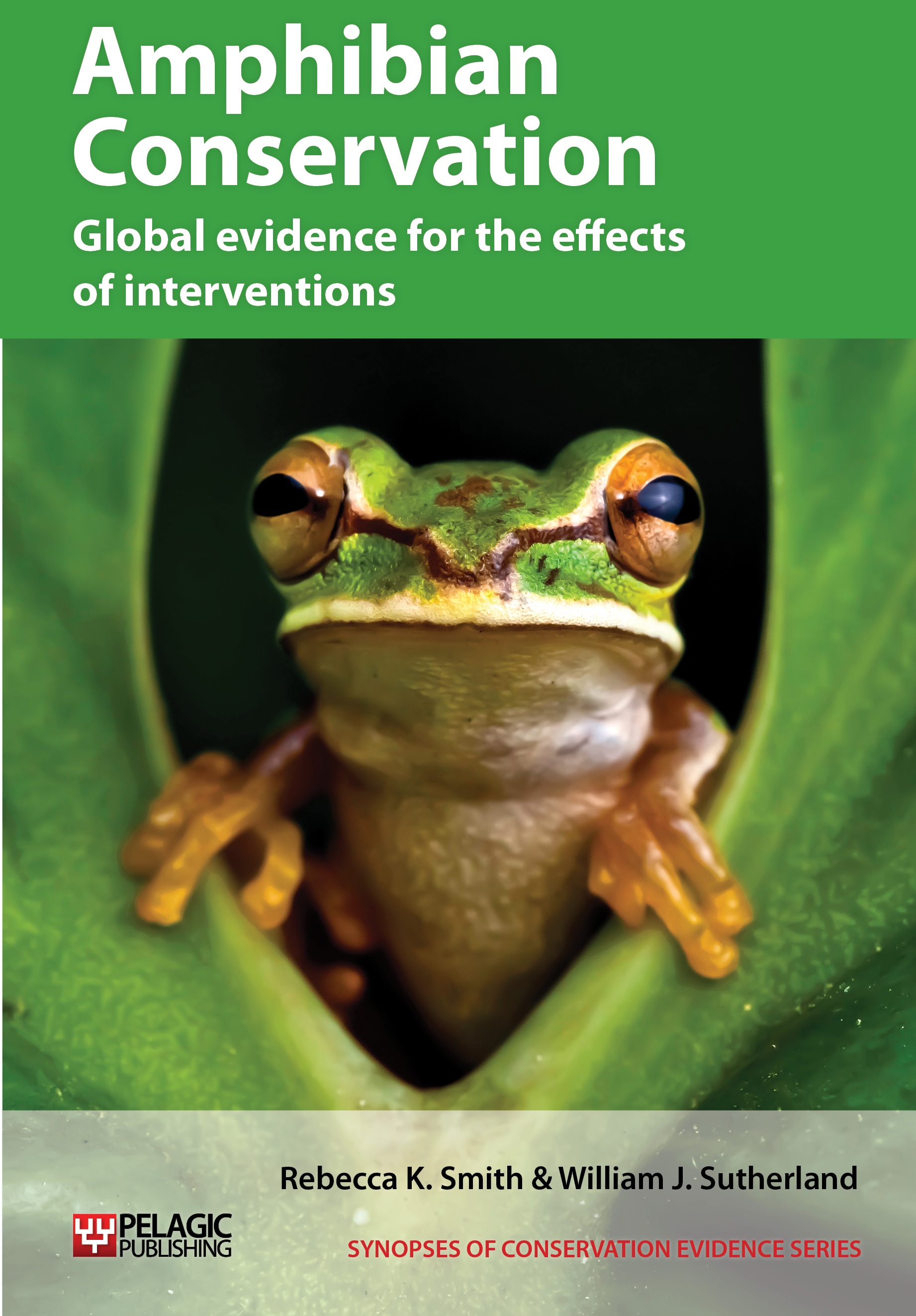Add salt to ponds to reduce chytridiomycosis
-
Overall effectiveness category Unknown effectiveness (limited evidence)
-
Number of studies: 1
View assessment score
Hide assessment score
How is the evidence assessed?
-
Effectiveness
41% -
Certainty
25% -
Harms
50%
Study locations
Supporting evidence from individual studies
A study in 2000–2001 of captive green and golden bell frogs Litoria aurea in Sydney, Australia (White 2006) found that following addition of salt to a constructed pond the population remained free of chytridiomycosis for at least six months. Thirty-three of 40 green and golden bell frog tadpoles released survived to juvenile frogs in the salted pond. However, growth appeared slower in salt water than fresh water (first metamorph: 49 vs 43 days; last metamorph: 123 vs 76–80 days). Following addition of salt, the two striped marsh frogs Limnodynastes peroni tested were negative for chytridiomycosis. Striped marsh frogs had introduced chytridiomycosis to the pond and it had killed all but one of the previous green and golden bell frog population. Following the initial outbreak of chytridiomycosis, uniodized table salt was added to the pond to achieve 1 parts per trillion (ppt) sodium chloride (3% sea water) in December 2000. Forty tadpoles were then released into the pond and were monitored weekly.
Study and other actions tested
Where has this evidence come from?
List of journals searched by synopsis
All the journals searched for all synopses
This Action forms part of the Action Synopsis:
Amphibian Conservation
Amphibian Conservation - Published 2014
Amphibian Synopsis





)_2023.JPG)














